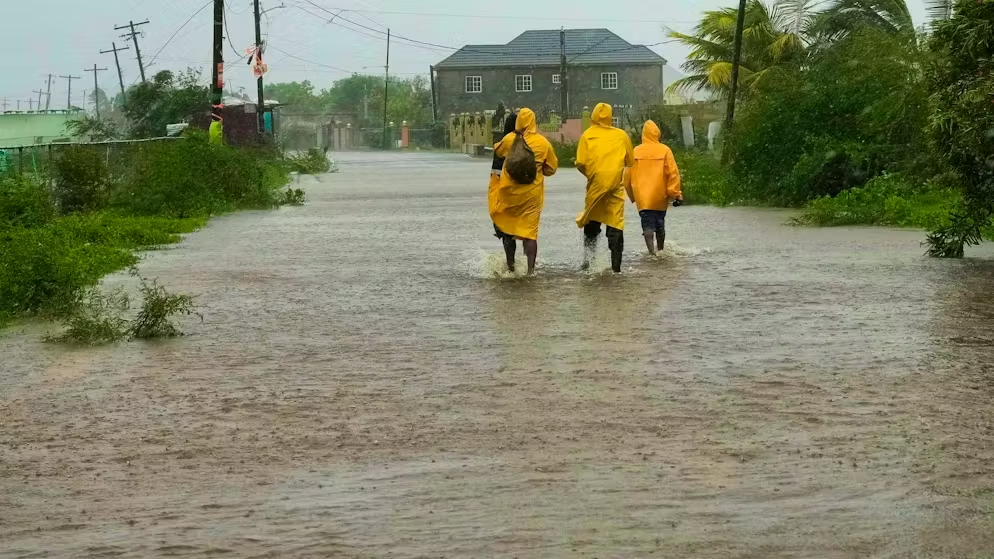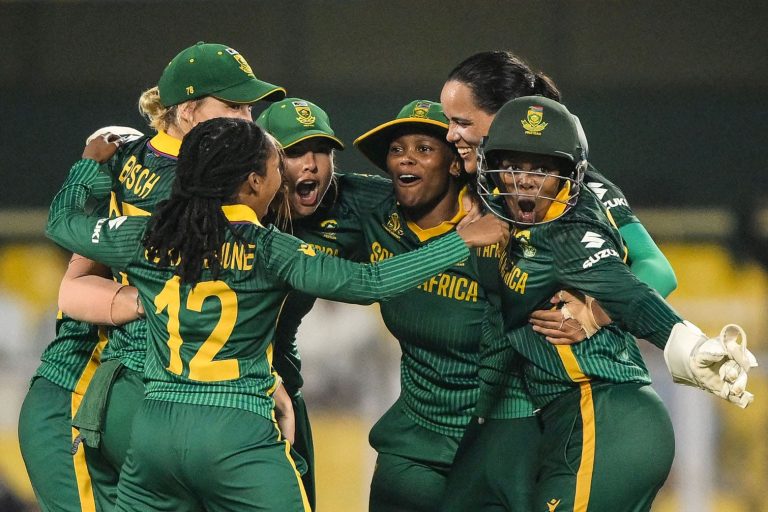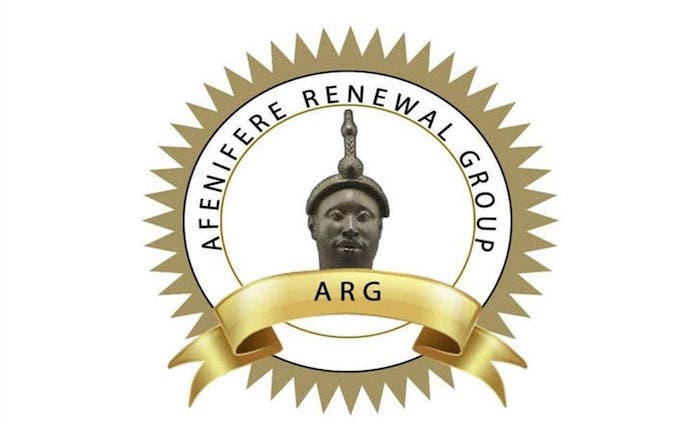
Prime Minister Andrew Holness has declared Jamaica a disaster area after Hurricane Melissa, one of the most powerful storms in the island’s history, tore through the Caribbean nation, unleashing catastrophic winds and flooding that left widespread devastation in its wake.
The Category 5 hurricane made landfall on Tuesday, battering the island for several hours with torrential rain and sustained winds exceeding 250 km/h (155 mph).
The storm ripped roofs from homes, uprooted trees, downed power lines, and inundated entire communities — plunging much of Jamaica’s 2.8 million residents into darkness.
As Melissa moved slowly across the island, it weakened to a Category 3 storm due to land interaction but quickly regained strength as it churned northward toward Cuba on Wednesday.
Prime Minister Holness, in a series of posts on X (formerly Twitter), said the storm had “ravaged” the country, prompting the disaster declaration to empower emergency services and fast-track recovery efforts.
“It is clear that where the eye of the hurricane hit, there would be devastating impact,” Holness told CNN late Tuesday. “We’ve received reports of severe damage to hospitals, residential and commercial properties, and critical road infrastructure.”
The prime minister said there were no confirmed fatalities yet but warned that with a storm of such magnitude, “some loss of life” was expected. Relief operations, he added, were being mobilized immediately, with the first phase of recovery efforts set to begin Wednesday morning.
Even before making landfall, Hurricane Melissa had already claimed seven lives — three in Jamaica, three in Haiti, and one in the Dominican Republic — as it carved a destructive path through the northern Caribbean.
Jamaica’s Minister of Local Government, Desmond McKenzie, described the damage as “nationwide”, saying nearly every parish suffered severe disruption.
“Almost every parish is experiencing blocked roads, fallen trees, utility poles, and excess flooding,” McKenzie said. “The parish of St. Elizabeth, our main agricultural region, is practically under water.”
He added that restoration work was underway to prioritize power supply to critical facilities, including hospitals, water treatment plants, and pumping stations.
The country’s Health and Wellness Minister, Christopher Tufton, confirmed to the Jamaica Gleaner that at least four hospitals sustained significant structural damage.
Meanwhile, emergency teams and volunteers are racing against time to clear debris, reopen major roads, and reach communities cut off by floodwaters and fallen infrastructure.
Meteorologists warned that even as Melissa moves away, heavy rainfall, flash flooding, and storm surges remain a threat across the island’s southern and eastern coasts.
Holness, who described the situation as “unprecedented,” urged citizens to remain calm, stay indoors, and follow official guidance as recovery efforts intensify.
“Our people are strong,” he said. “We will rebuild, we will recover — but it will take time and the collective effort of every Jamaican.”



